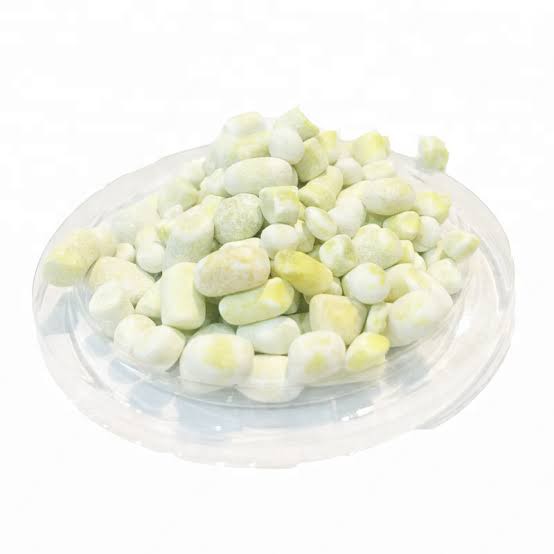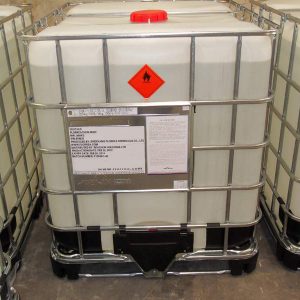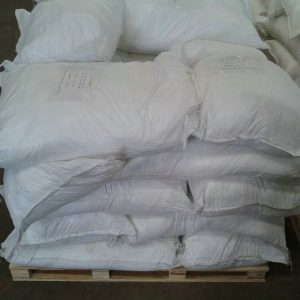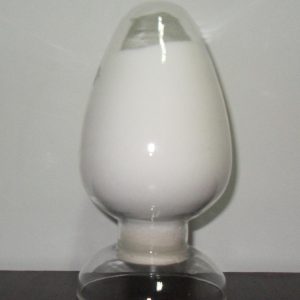Description
Potassium Amyl Xanthate (KAX) 90% is a chemical compound widely used in various industrial applications, particularly in the mining sector. Known for its effectiveness as a flotation agent, it plays a critical role in the extraction of valuable minerals from ores. In this article, we will delve into the properties, applications, and benefits of Potassium Amyl Xanthate 90%, as well as its significance in today’s industrial processes.
Potassium Amyl Xanthate (chemical formula: C5H11OCSK) is a pale yellow, powdery or pellet-like compound that serves primarily as a flotation reagent in mineral processing. The “90%” denotes the purity level of the compound, indicating that it comprises 90% active Potassium Amyl Xanthate and 10% inert matter or impurities. This high concentration ensures its superior performance in industrial applications.
KAX belongs to the xanthate family, which are organic compounds formed by reacting alcohol with carbon disulfide in the presence of a base. Potassium Amyl Xanthate, in particular, is derived from amyl alcohol, making it one of the most effective xanthate variants for specific mineral flotation processes.
Key Properties of Potassium Amyl Xanthate 90%
Appearance: Pale yellow powder or pellets with a distinct odor.
Solubility: Highly soluble in water, making it easy to prepare and apply in aqueous solutions.
Reactivity: Reacts readily with metal sulfides, forming hydrophobic layers that enhance the flotation process.
Stability: While stable under normal conditions, it can decompose under high humidity or heat, releasing flammable carbon disulfide.
These properties make KAX 90% a reliable and efficient choice for various industries.
Primary Applications of Potassium Amyl Xanthate 90%
1. Mineral Flotation in Mining
Potassium Amyl Xanthate 90% is predominantly used in froth flotation processes to separate minerals from ores. It serves as a collector agent, enhancing the hydrophobicity of metal sulfide particles such as:
Copper
Gold
Lead
Zinc
Nickel
By increasing the hydrophobic properties of these minerals, KAX 90% promotes their separation from gangue (the unwanted material). This makes it an essential component in mining operations, significantly improving the recovery and purity of valuable minerals.
2. Chemicals and Pharmaceuticals
While its primary use is in mining, Potassium Amyl Xanthate also finds limited use in producing certain intermediates in the chemical and pharmaceutical sectors.
3. Rubber Industry
Xanthates, including KAX, are used in the vulcanization of rubber to improve elasticity and durability. Although this is not a mainstream application, it demonstrates the compound’s versatile nature.
High Efficiency in Ore Recovery:
KAX 90% is an extremely potent flotation agent that ensures higher recovery rates of key minerals, thereby improving operational efficiency and profitability.
Enhanced Mineral Purity:
By selectively targeting specific metal sulfides, KAX helps produce higher-grade concentrates, reducing the need for additional processing stages.
Cost-Effective Solution:
As a highly efficient reagent, Potassium Amyl Xanthate 90% minimizes waste and reduces overall processing costs in mining operations.
Compatibility Across Minerals:
KAX is effective on a wide range of sulfide ores, making it a versatile choice for multi-metal mining operations.
Handling and Safety Considerations
While Potassium Amyl Xanthate 90% has numerous benefits, it is important to handle it with care. The compound can release flammable and toxic gases such as carbon disulfide upon decomposition. Proper storage in cool, dry conditions and the use of PPE (personal protective equipment) during handling are necessary. Additionally, wastewater from processes involving KAX should be treated to minimize environmental impact, as xanthates can be toxic to aquatic ecosystems.
Environmental Concerns and Sustainable Alternatives
The use of xanthates, including Potassium Amyl Xanthate, raises concerns about environmental impact, as improper disposal can lead to water contamination. To address these concerns, companies are exploring biodegradable alternatives to xanthates that maintain flotation efficiency while reducing ecological risks. Regulatory bodies are also emphasizing the development of greener processing technologies to offset potential harm caused by traditional flotation reagents.
Conclusion
Potassium Amyl Xanthate 90% is undoubtedly a cornerstone of modern mineral processing, playing a vital role in the efficient and cost-effective extraction of metal sulfides. Its properties make it a preferred choice for mining companies worldwide, while its versatility enables its use in other industrial sectors. However, it is crucial to balance its advantages with responsible handling practices and sustainable alternatives to mitigate potential environmental impact.
As industries progress toward more sustainable practices, Potassium Amyl Xanthate 90% will likely remain a key reagent, complemented by innovations aimed at enhancing its environmental compatibility. For industries relying on effective mineral flotation, this compound continues to deliver value and reliability in challenging extraction operations.







Reviews
There are no reviews yet.